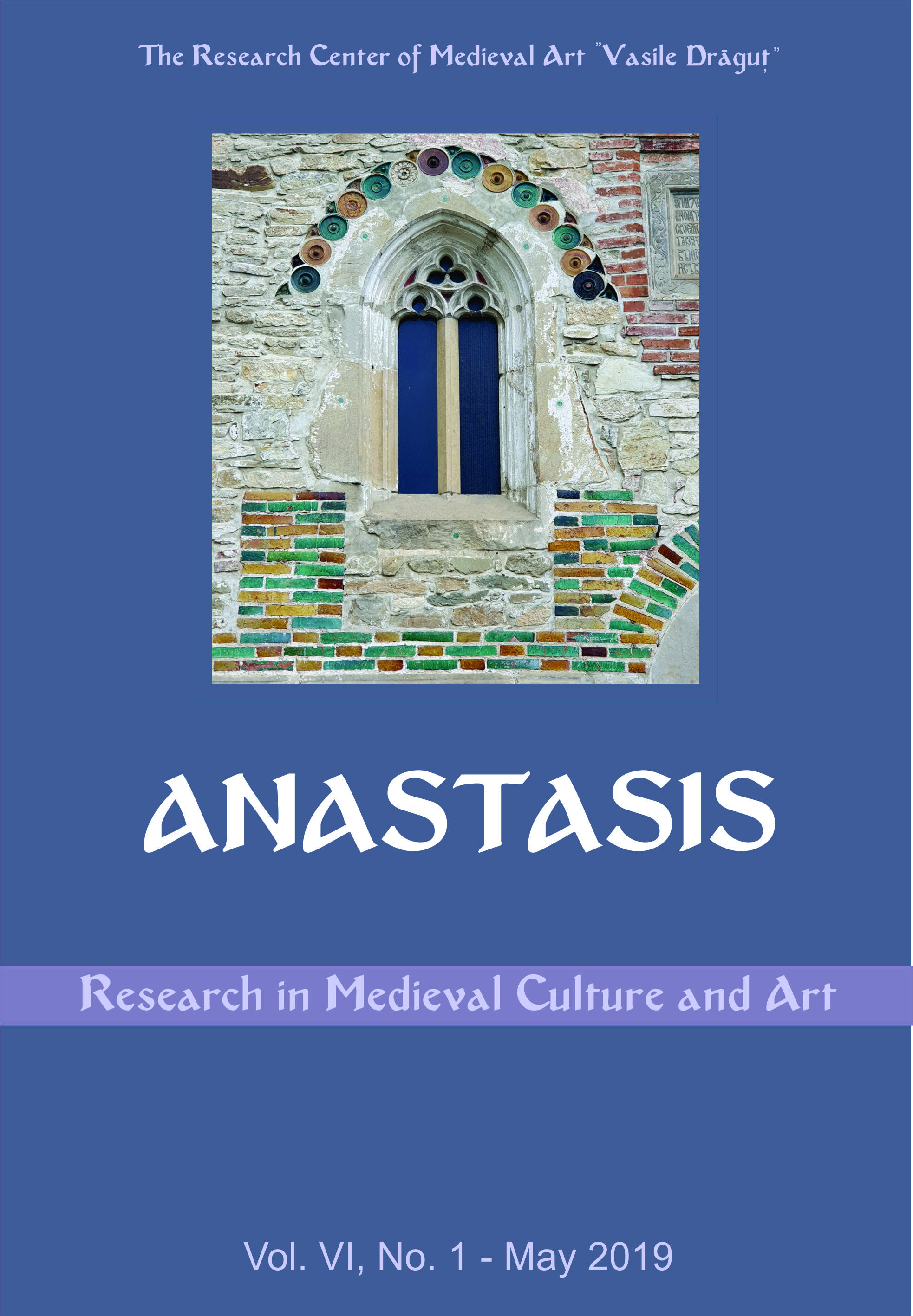Considerations on the Human Body in European Art
from Ancient Times to Present Day
Considerations on the Human Body in European Art
from Ancient Times to Present Day
Author(s): Liviu NedelcuSubject(s): Fine Arts / Performing Arts, Visual Arts, History of Art
Published by: Editura ARTES
Keywords: human body; nudity; human flesh;
Summary/Abstract: The present considerations on the human body tried to place the exploration of the topic in its radically cultural dimension, hence the references to the body being already addressed to the anthropomorphic, descriptive, symbolic sign completely emerged in artistic exercise. We outlined artistic findings from old times to contemporaneity wherever the motive of the human body was central in this selection; furthermore, the nude has made and still makes the subject of convergent discourses on its representation, intensity or weakening of its capacity for signifying. Land of inexhaustible negotiation between nature and culture, available to primitivism, always found again as more sophisticated, transformed by the demands imposed throughout history, ideals and illusions, the body imposes itself on cultural conscience as an irreducible challenge. This paper is consecrated to the nude and aims at overviewing a large series of investigations from European art on the topic. I believe that from more ancient times to contemporaneity, the human body proved to be an excellent landmark in the approach of any artist; moreover, this seduction will continue to exert itself on the upcoming artists, irrespective of the future’s artistic tendencies. The fact that, in time, the human figure has been an extremely important motive for the artistic laboratory determined me to choose this topic; in addition, throughout the article, I have attempted to prove the interest in the nude, recalling the most important tendencies and manifestation from old times to contemporaneity. In this approach, we started from the finding, which has actually marked many years of my creation, that the human body may show itself in a sacred and profane hypostasis; as a result, this study was structured to account for the two dimensions. Along the documentation and drafting, I realized that, in fact, the human body can only be sacred even in its nude hypostasis. The purpose of the present paper is far from exhausting the problematic of the human body; its aim is to draw attention to the importance of the topic. The concerns on this topic have taken various forms throughout art history. We brought into play the significance of the human body in Old Greeks quoting Thucydides who argued that the difference between Greeks and barbarians was marked in a civilising way since nudity had become the rule in the Olympic Games; I wrote on Christian art during the first centuries AD, then about the art of the Middle Ages which brought profound changes to the representation of the human body; nudity would almost disappear from the artistic themes and the concerns of the artists during the respective period and left to the depiction of Adam and Eve couple, as symbol of the original sin or the Judgement Day scene when resurrected humanity awaits its verdict in the divine trial of the divorce of good from evil. We accounted for the Renaissance which meant man’s spiritual rediscovery, it reintroduced nude representation in plastic arts as essential entity of the universe and not as element of sin. The Italian ideal also marked the thought of the Nordic artists who created original models of the nude. Masters such as Albrecht Dürer in Germany, Peter Paul Rubens in Flanders or Rembrandt van Rijn in Holland personally left an imprint on this field. Court art of the 17th century created a new nude model, of the frivolous woman, exponent of an equally daring and refined eroticism. Neoclassicism from the beginning of the 19th century preferred heroic nude, bearer of high moral virtues. The French Jean Louis David and Jean Auguste Dominique Ingres were the creators of the classical nude that idealized anatomical data to render perfect human prototypes. Towards the end of the century, another French artist, Edouard Manet, breached this consecrated model, imposing, in its compositions, nudes without any mythological connotation simply inspired from real life with anatomical effects and disproportions inherent to a live model. Considered by some to be bearer of profound expressive emotions and means to convey an exacerbated eroticism, by others, either approved or contested, the representation of the human body is an omnipresent motive in all its forms of visual expression for the modern and contemporary periods. Far from this image – fetish of image civilisation, nude in fine arts further remains the sensitive seeking of the human ego. In our analysis today, we may note that through its historical contributions and artistic elaborations, the human body becomes one of the most important syntheses of our artistic culture.
Journal: Anastasis Research in Medieval Culture and Art
- Issue Year: VI/2019
- Issue No: 1
- Page Range: 252-277
- Page Count: 26
- Language: English

